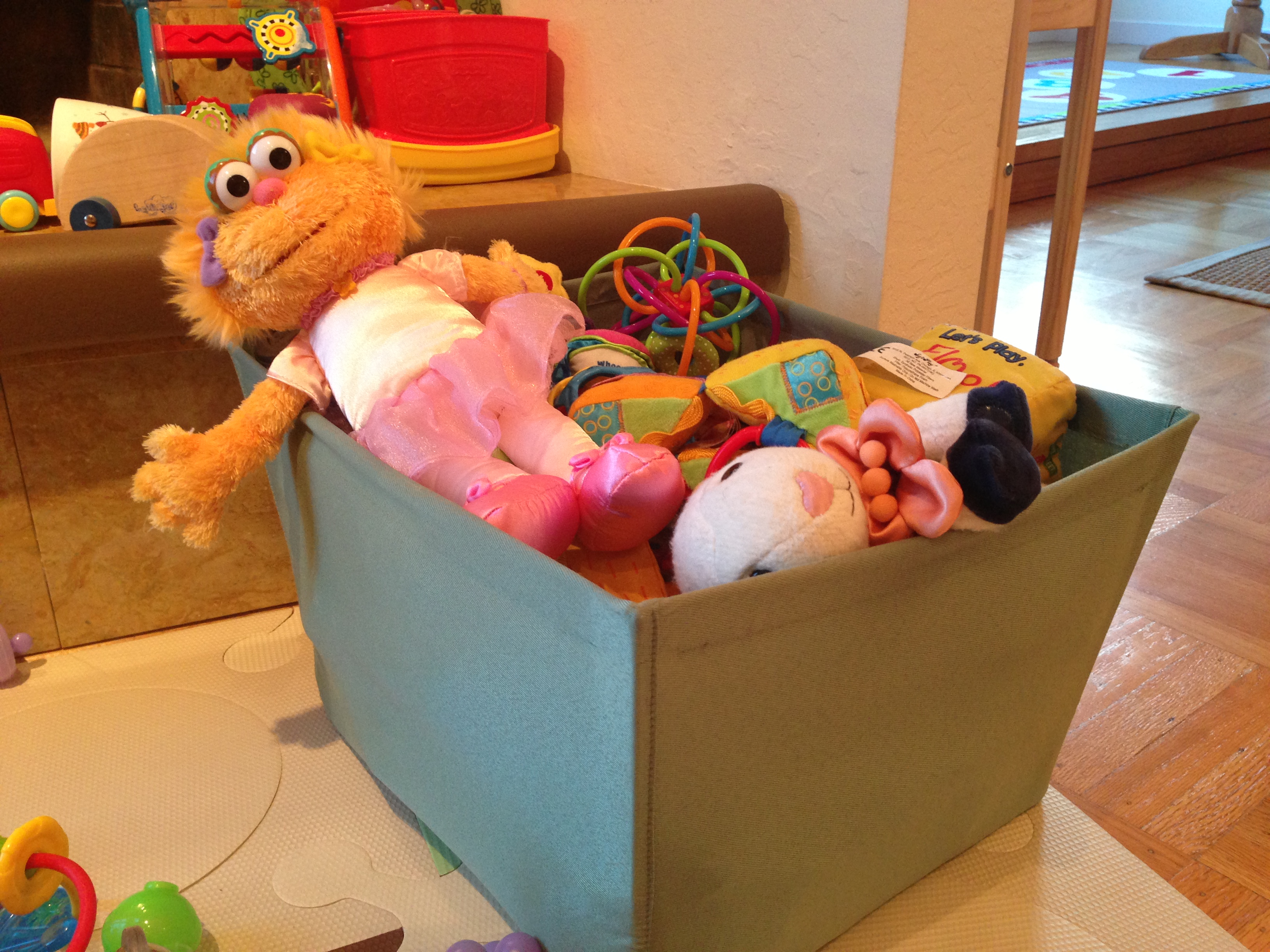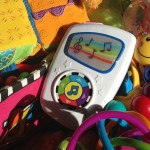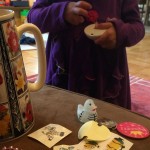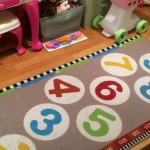I call this hint for saving money on toys “the rotation strategy.” It’s one I learned from my Mom and I’ve since come across it on other sites like BabyCheapskate and BabyZone as well as in my big blue book by Heloise.
The basic idea is to rotate available toys on a weekly or biweekly basis so a child never gets bored with his or her existing toy collection (assuming the toys are age appropriate).
Here’s how it works: Only give a child a few toys at a time to play with. Every week or so, switch out those few toys with other ones that have been stashed away. “That way you can bring out old toys and they will seem new,” says my Mom. And you can get fancier with the rotation curation too, if you have the time, making sure you have the right mix of various types of toys — aim for three thinking, three moving and three playing toys, recommends one site. Heloise, meanwhile, suggests dividing up toys after a birthday into sets, “perhaps a bag for each day of the week,” and bringing out a different set daily.
Of course, this strategy is easier said than done, especially when just making sure the play area is tidy after a day of play takes up enough time. While I really like the concept of rotating toys, we’re guilty of leaving the same toys out – and the same away in the toy box — for way longer than a week, though we do try to rotate the collection when we remember.
What are your toy rotation strategies?
Note: Please excuse any typos. We’re right in the midst of the 12-month sleep regression.







[…] And most importantly, we make sure to rotate the animals that get the place of honor every week or so in hopes that this will prevent my daughter from growing too attached to one particular friend (we also rotate the toys in her living room play area for a slightly different reason). […]